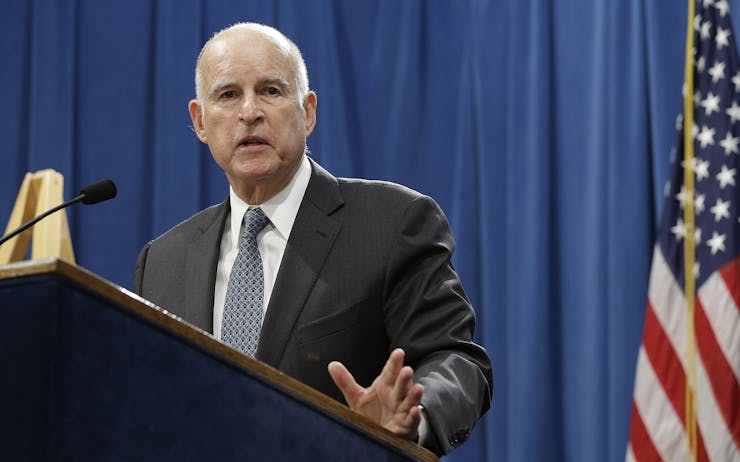LOS ANGELES (AP) — California is one step closer to resolving tricky legal conflicts on its path to becoming the nation’s largest marijuana economy.
Gov. Jerry Brown’s administration released documents outlining proposed changes to square the state’s new recreational cannabis law with its longstanding law on medical marijuana.
The two laws took different approaches in many areas, including the potential size of cannabis grows and how many licenses businesses could hold in cultivation, distribution and manufacturing.
The Democrat governor’s administration has stressed that one regulatory framework is needed to avoid duplicating costs and confusing businesses.
The Los Angeles Cannabis Task Force, an industry group, praised the state for the proposal to reconcile the two laws but stressed it was still reviewing the plan.
“This takes us another step closer to a uniform industry and puts this state in a position to set the national standard,” Avis Bulbulyan, president of the group, said in an email.
In November, California joined a growing number of states in legalizing recreational cannabis use for adults.
By 2018, when the law kicks in, state officials must have crafted regulations and rules governing the emerging legal cannabis market with an estimated value of $7 billion, from where and how plants can be grown to setting guidelines to track the buds from fields to stores.
In general, the state will treat cannabis like alcohol, allowing people 21 and older to legally possess up to an ounce of marijuana and grow six marijuana plants at home.
“While many components of the regulatory structure are proposed to be harmonized, the administration proposes to preserve the integrity and separation of the medicinal and adult use industry by maintaining these as two separate categories of license types with the same regulatory requirements for each,” the proposal said.
Those changes must be approved by the Legislature.
Earlier this year, Brown proposed spending more than $50 million to establish programs to collect taxes and issue licenses while hiring dozens of workers to regulate the industry.





